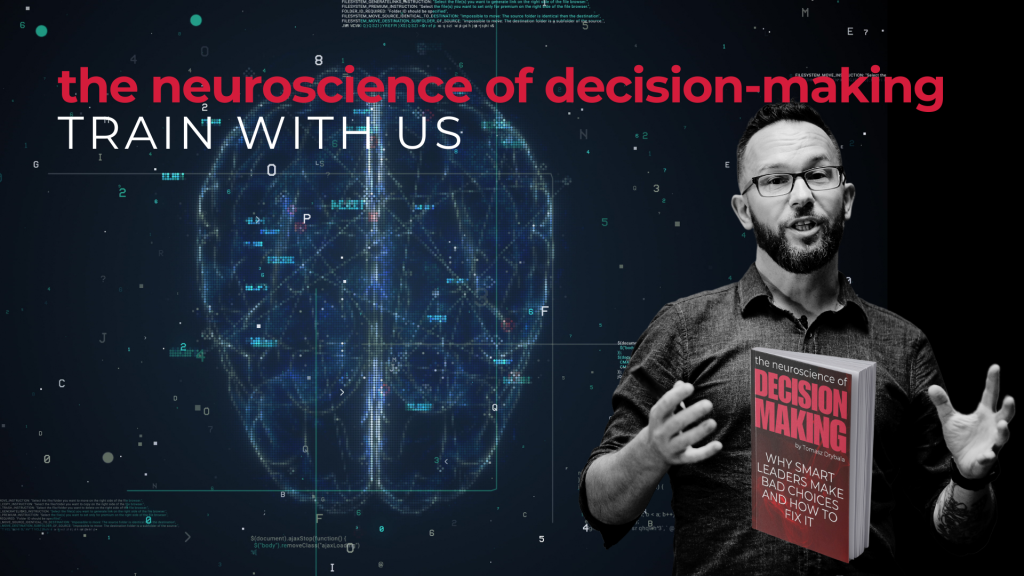Discover how CEOs can leverage dopamine insights to overcome procrastination, enhance productivity, and boost leadership effectiveness with practical strategies and mindfulness techniques.
Dopamine, a crucial neurotransmitter involved in the brain’s reward system, significantly influences motivation and goal-directed behaviour. For CEOs and other top executives, understanding and leveraging dopamine dynamics can be transformative in overcoming procrastination and enhancing leadership effectiveness. This article explores how CEOs can use insights into dopamine regulation to boost their productivity, maintain high motivation levels, and lead their organizations more effectively. It combines neuroscience, mindfulness, and cognitive psychology techniques to provide actionable strategies for optimizing performance.
The Neuroscience of Dopamine and Leadership
Dopamine operates through a balance of baseline and peak levels:
Baseline Dopamine Levels: These are the stable levels of dopamine in the brain, influencing general mood, energy, and motivation.
Peak Dopamine Levels: These occur in response to rewards or anticipated success, driving intense pleasure and reinforcing behaviours.
CEOs must understand these dynamics to effectively manage their own motivation and productivity. Low baseline dopamine can lead to procrastination and avoidance of tasks, while high peak levels can drive intense bursts of motivation.
Strategies for CEOs to Regulate Dopamine and Overcome Procrastination
Set Clear, Achievable Goals: Break down large projects into smaller, actionable tasks. This creates frequent opportunities for dopamine release as each small goal is achieved, reducing the likelihood of procrastination and enhancing overall productivity.
Implement Reward Systems: Create a structured reward system for completing tasks. By associating tasks with immediate and tangible rewards, CEOs can stimulate dopamine production and reinforce productive behaviours.
Diversify Activities: Incorporate a variety of tasks and challenges into your daily routine. Alternating between different types of work can prevent monotony and keep dopamine levels balanced, maintaining motivation and engagement.
Cognitive Psychology Techniques for Enhancing Leadership
Cognitive Reframing: Challenge and reframe negative thoughts about tasks. Viewing challenges as opportunities rather than obstacles can shift perception, reduce resistance, and enhance motivation.
Visualization: Use mental imagery to envision successful outcomes and the rewards of achieving goals. Visualization techniques help in preparing mentally for tasks and strengthen the reward pathway, driving higher motivation.
Boost Self-Efficacy: Build confidence in your abilities by setting realistic goals and celebrating achievements. High self-efficacy enhances motivation and maintains dopamine levels by reinforcing the belief in one’s capabilities.
Mindfulness Practices to Regulate Dopamine
Cultivate Mindful Awareness: Practice mindfulness to stay present and reduce stress, which can negatively impact dopamine levels. Being fully engaged in tasks helps in maintaining focus and productivity.
Acceptance and Commitment: Embrace the natural fluctuations in motivation and productivity. Mindfulness can help CEOs accept these fluctuations without being overwhelmed, leading to more consistent performance.
Reflect on Progress: Regularly reflect on and acknowledge your achievements. Mindful reflection on progress helps maintain high dopamine levels and reinforces a sense of accomplishment.
Avoiding Dopamine Overload
While stimulating dopamine is essential, it’s important to avoid overstimulation:
Limit Instant Gratification: Avoid activities that provide immediate pleasure but offer little long-term satisfaction. Focus on behaviours that align with long-term goals and values to maintain a balanced dopamine system.
Adopt Healthy Habits: Engage in regular exercise, maintain a balanced diet, and ensure adequate sleep. These habits support overall well-being and stabilize dopamine levels, enhancing sustained motivation.
Building and Sustaining a Growth Mindset
A growth mindset—believing in the ability to develop through effort—is crucial for overcoming procrastination and improving leadership:
Embrace Challenges: View challenges as opportunities for growth. This perspective aligns tasks with personal development and long-term rewards, maintaining dopamine levels and motivation.
Learn from Setbacks: Use failures as learning experiences. Reflecting on what went wrong and how to improve helps maintain motivation and reinforces a positive feedback loop.
Celebrate Successes: Regularly recognize and celebrate progress, no matter how small. Celebrating achievements reinforces the connection between effort and reward, sustaining high motivation.
Conclusion
CEOs who understand and apply dopamine insights can overcome procrastination and enhance their leadership effectiveness. By integrating strategies for regulating dopamine, cognitive psychology techniques, and mindfulness practices, top executives can optimize their performance, maintain high motivation levels, and lead their organizations to success. This holistic approach not only addresses procrastination but also fosters a more effective and dynamic leadership style.
Train with us: Neuro-Based Leadership Centre

